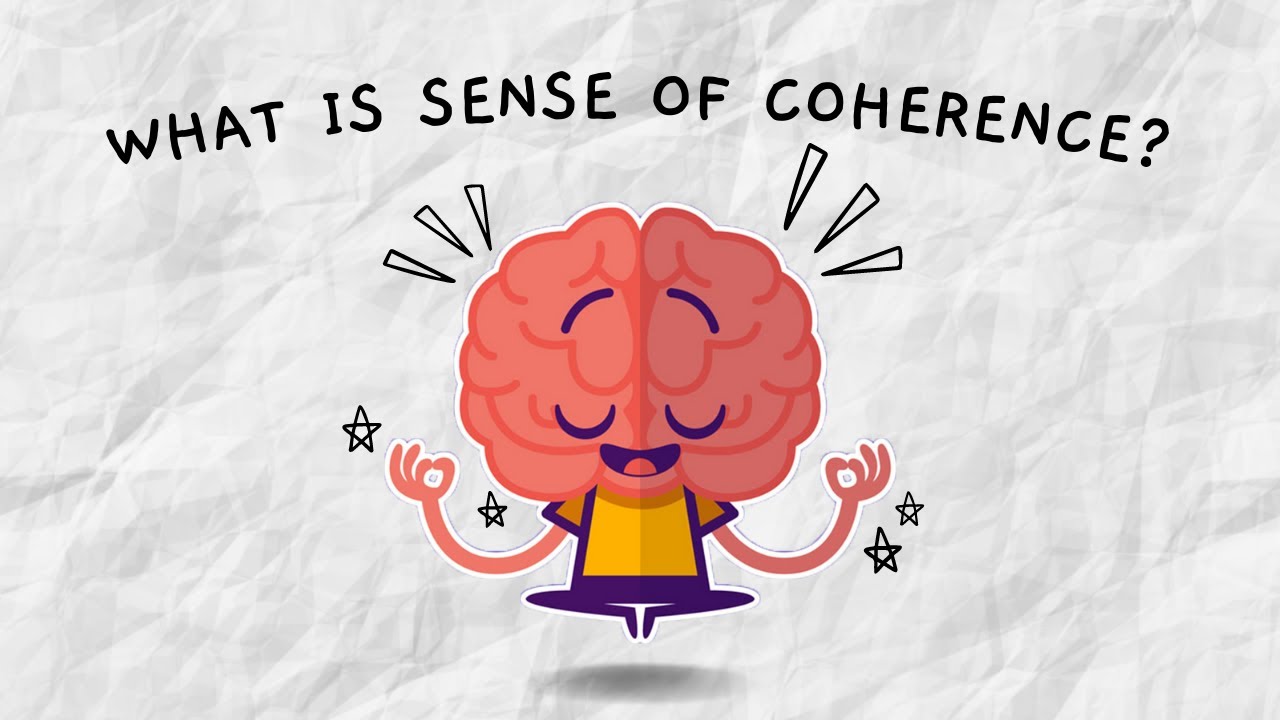
In our fourth installment of Understanding the CBGM we now come to the idea of coherence which is the primary and most important contribution of the CBGM. Generally, and simply, there are three ways in which coherence is observed in the CBGM: pregenealogical, genealogical, and stemma. Beginning with the first,
“Pregenealogical coherence is the percentage between the texts of any two witnesses at all places of variation where both are extant and legible.”
Wasserman and Gurry, A New Approach to Textual Criticism: An Introduction to the Coherence-Based Genealogical Method, 27.
In other word, pregenealogical coherence is the percentage of places where two manuscripts differ and where both of the manuscripts have that text, and that text is legible. From these differences it is possible to observe how the two manuscripts cohere minus their differences. For example,
“If manuscript A and manuscript B are compared at one hundred places and disagree at twenty, then their pregenealogical coherence is 80 percent (eighty out of 100).”
Wasserman and Gurry, A New Approach, 27.
The second kind of coherence is that of genealogical coherence which Wasserman and Gurry define in the following way:
“Whereas pregenealogical coherence only tells us how closely two witnesses are related, genealogical coherence also tells us the direction of their relationship.”
Wasserman and Gurry, A New Approach, 28.
They go on…
“Recalling the ways that the relationship between any two witnesses is determined (A equals B; A-> or A<-B; A-?-B), pregenealogical coherence only accounts for the first (A equals B) whereas genealogical coherence includes all three.”
Wasserman and Gurry, A New Approach, 28.
So pregenealogical coherence allows us to know where two texts differ and where they are the same. Genealogical coherence allows us to know which text is the ancestor text and which is the descendent text. On the genealogical front
“The direction of the relationship is taken directly from the editors’ own decisions made at each place of variation.”
Wasserman and Gurry, A New Approach, 28.
In sum, subjective human interpretation with the assistance of computer tools makes the decision about which is an ancestor, and which is a descendent when comparing two witnesses/texts. Wasserman and Gurry use Sinaiticus and Vaticanus as an example. They observe that Vaticanus has readings which are deemed prior to those of Sinaiticus in 250 places, and conclude,
“…the CBGM is not suggesting that Codex Sinaiticus was directly copied from Codex Vaticanus. The relationship is a more abstract one. It is not a relationship between manuscripts but between texts conveyed in them. Since Vaticanus has the prior text overall to Sinaiticus, its text is considered one of multiple potential ancestors for Sinaiticus within the CBGM.”
Wasserman and Gurry, A New Approach, 29.
It is interesting to note that it is feasible that “one of multiple potential ancestors” means direct ancestor, or copy, or copy of a copy. If this is the case, then it is also feasible that Vaticanus and Sinaiticus are one witness, kind of like how text critics treat they Byzantine Text Form even in the CBGM.
The third type of coherence concerns that of stemmata: local stemma, substemma, and global stemma. The first tries to determine which variant is the ancestor of the other or which variant gave rise to the subsequent variants of that kind. Our authors observe that “the construction of these local stemmata involves the traditional tools of textual criticism” e.g., oldest, shortest, hardest, internal and external evidence etc. The second, or substemma, determines “the minimal number of ancestors for a given witness in a given book or corpus” (31). The point here being that the aim of the editors, in observing Ockham’s Razor, is to offer the least number of witnesses that can account for the text of some particular witness. The third is “the combination of all available substemmata.” Wasserman and Gurry point out that at this stage of the CBGM game, “there is not yet a complete global stemma for any portion of the New Testament” (33).
In our next installment we will turn to a more thorough treatment of pregenealogical coherence as a tool to help editors make decisions about what is or is not the NT. Blessings.